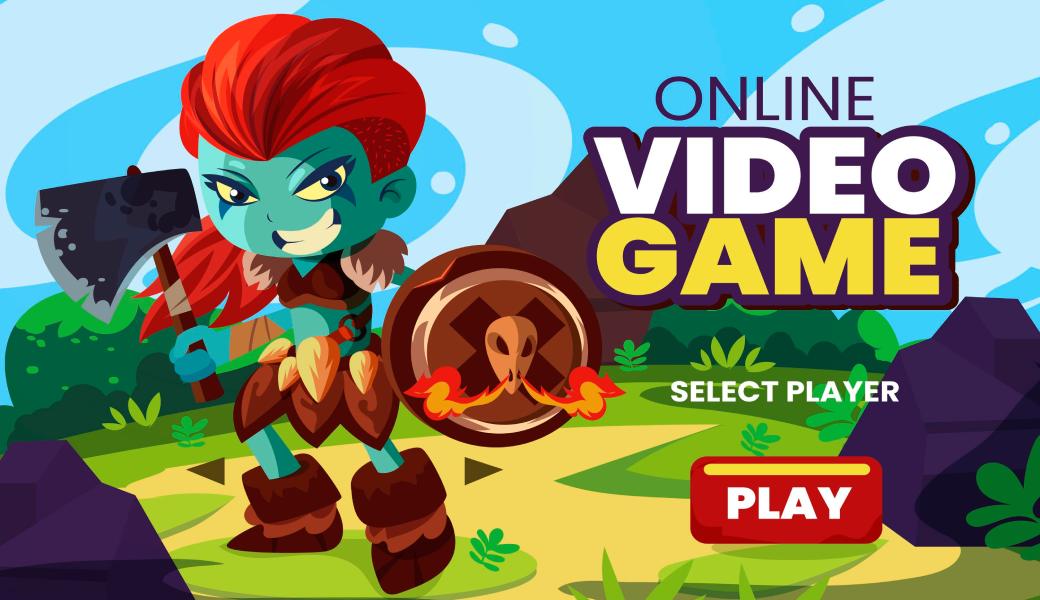Dota 3 seeks to expand upon Dota 2’s ten-year legacy by polishing its core gameplay systems and incorporating state-of-the-art technologies. Fans expect the sequel to preserve the deep strategy, diverse hero roster, and competitive integrity that define the MOBA genre. At the same time, developers must simplify entry barriers for newcomers without alienating veteran players who thrive on high-skill ceilings.
Casual Appeal and Tech Integration
To broaden its audience, Dota 3 could borrow elements from more accessible online titles much like game Chicken Road 2 offers quick thrills and intuitive mechanics. Cloud gaming support will allow seamless transitions between PC, console, and mobile devices, while adaptive UI layouts ensure consistent experiences across platforms. AI-driven analytics and real-time coaching assistants could intervene mid-match, recommending optimal item builds and warning teams of impending ambushes.
Potential Quick-Play Modes
- Arena Rush — Teams of five compete with a set roster of heroes and instant respawns for nonstop action.
- Clash of Fates — Randomized ability sets to encourage experimentation.
- Duel of Champions — One-on-one hero duels in small arenas.
AI Coaching Features
- Real-Time Tips — Contextual guidance on positioning and item choices.
- Post-Game Analysis — Automated breakdown of team performance and mistakes.
- Custom Training Drills — Scenario-based practice tailored to a player’s weaknesses.
Core Innovations in Dota 3
|
Feature Category |
Current Dota 2 State |
Proposed Dota 3 Enhancement |
|
Hero Abilities |
Static skill trees, fixed cooldowns |
Adaptive skill paths that evolve based on playstyle and match context |
|
Match Pace |
30-50 minute average matches |
Optional “Quick Clash” mode: 15 – 20 minute matches with condensed objectives |
|
User Interface |
Complex HUD with many panels |
Dynamic HUD customization; drag-and-drop widgets; AR overlays for minimap and cooldown timing |
|
Onboarding |
New player tutorial and bots |
Interactive AI coach; scenario-based challenges; seamless practice within live matches |
|
Cross-Platform Play |
PC only |
Full cross-platform support with cloud-sync, including mobile and console clients |
|
Spectator Experience |
Manual camera, limited overlays |
AI-assisted highlight reels; VR spectator mode; real-time stat overlays and in-game polls |
|
Esports Integration |
Pre-set tournaments, manual qualifiers |
Automated regional qualifiers; dynamic in-client event registration; player-driven league creation |
|
Modding and Custom Games |
Basic Arcade mode |
Advanced mod tools with official marketplace; community-voted game modes; live patch sandbox testing |
|
Social & Streaming |
External streaming, chat overlays |
Embedded streaming tools; in-game social hubs; integrated chat translation; clip sharing |
|
Sustainability |
No dedicated support for low-spec hardware |
Scalable graphics presets; energy-efficient rendering; global server optimization for reduced latency |
Esports and Community Growth
The competitive scene around Dota 3 will likely build on Dota 2’s success with major tournaments, franchised leagues, and grassroots qualifiers. Integrated tournament tools such as in-client registration and automated bracket management — will simplify participation for amateur teams. Community hubs inside the game will host live discussions, highlight reels, and direct feedback channels, fostering a stronger bond between developers and players.
Looking Ahead
Dota 3 faces the challenge of innovating without losing the precise, skill-driven core that fans love. By integrating adaptive abilities, streamlined quick-play options, and powerful AI coaching, the sequel can welcome new players and keep veterans engaged. Cross-platform cloud gaming ensures broader access, while advanced spectator features and esports integration promise thrilling viewership experiences. Community-driven mod tools and social hubs will nurture creativity, ensuring that the MOBA genre continues to evolve well beyond launch day. As technology and design philosophies advance, Dota 3 stands poised to define the future of competitive multiplayer gaming.
